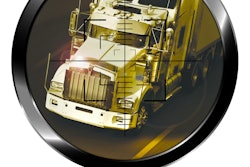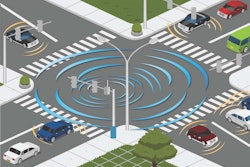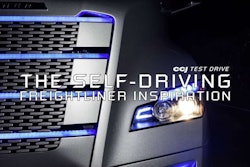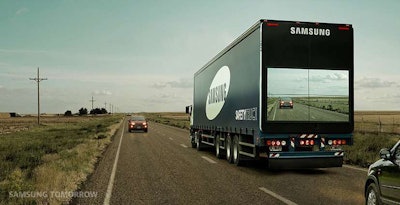
When a big story like a self-driving truck hits, it’s only natural that it dominates the news cycle while overshadowing other developments. A key point is the new “Safety Truck” technology showcased by Samsung this week, which links various onboard vehicle camera systems and turns the back of a semi trailer into a large, heads-up display screen.
The story has appeared in several mainstream news outlets over the past several days. I first ran across it in The Christian Science Monitor. And it’s a pretty amazing piece of technology. The camera systems allow a driver struck behind a big rig to access the same view the truck driver has. The thinking is this will allow following drivers better information as to the road ahead – specifically road hazards, accidents or unsafe drivers. That way, instead of merely reacting when the brake lights in front of you suddenly blink on, drives using the Samsung system will be able to gauge the road out in front of them, better anticipate problems and changing road conditions and react accordingly in a much safer time frame.
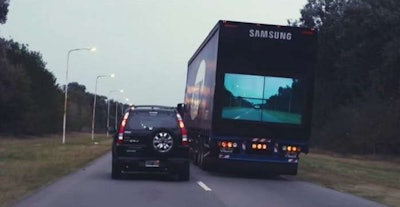
For me, this Samsung development is interesting because it highlights the incredible advantages that connectivity will deliver to trucking in the very near future.
Autonomous trucks and cars can operate in limited roles on our highways today. The technology, while still in its infancy, is already impressive and obviously has the potential to completely transform transportation. But the technology won’t reach its true potential until massive leaps forward in vehicle connectivity occur.
Right now, autonomous vehicle technology is essentially cruise control on steroids. That’s because the scope of a current truck’s operating environment is limited by the amount of information it receives and processes.
